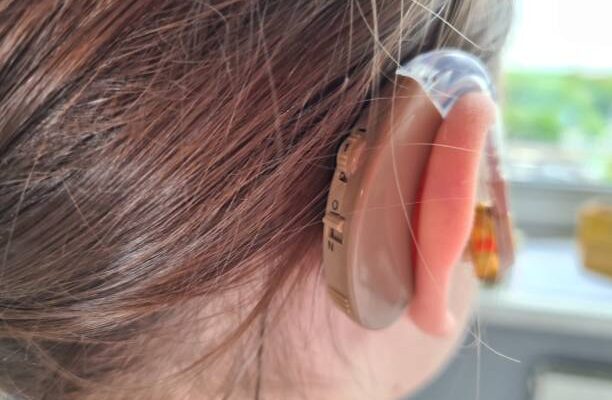In the realm of audiology, the evolution of ear machine technology has been nothing short of remarkable. From the early days of analog devices to the cutting-edge digital solutions of today, the journey of ear machine design and function is a testament to human innovation. This article delves into this captivating transformation, highlighting the key shifts from analog to digital ear machine technology and the impact it has had on individuals with hearing impairments.
The Analog Era: A Foundation for Ear Machine Innovation
The analog era marked the initial foray into hearing assistance devices. These early ear machines consisted of simple amplification systems that aimed to amplify incoming sound waves. Although rudimentary, they represented a significant step forward in assisting those with hearing impairments. The analog ear machines provided some relief, but their limitations were evident, particularly in terms of sound quality, customization, and adaptability to different listening environments.
The Digital Revolution: Redefining Ear Machine Design
The advent of digital technology revolutionized the field of audiology and led to the birth of modern digital ear machine. Digital ear machines, unlike their analog predecessors, convert sound waves into digital signals, allowing for intricate signal processing and customization. This shift has enabled a plethora of advancements, including:
- Signal Processing Precision: Digital ear machines utilize advanced algorithms to process incoming sound waves in real-time. This ensures a higher level of sound clarity and minimizes background noise, enhancing the overall listening experience.
- Personalization: Digital ear machines can be tailored to an individual’s unique hearing profile. Audiologists can fine-tune various parameters to address specific hearing deficiencies, providing users with a more personalized and effective solution.
- Adaptive Technology: These devices are equipped with adaptive features that automatically adjust to different listening environments. Whether in a quiet room or a bustling city, digital ear machines can optimize settings for optimal hearing.
- Connectivity: Many modern digital ear machines offer connectivity options, enabling seamless integration with smartphones, televisions, and other devices. This connectivity enhances convenience and accessibility, making daily life more enjoyable for users.
Embracing the Future: AI and Beyond
Looking ahead, artificial intelligence (AI) is poised to play a pivotal role in the evolution of ear machine technology. AI-driven ear machines have the potential to learn and adapt to users’ preferences and listening environments, making real-time adjustments that optimize hearing. Additionally, AI can enable predictive maintenance and remote monitoring, ensuring that users’ devices function optimally over time.
Conclusion
The journey from analog to digital ear machine technology represents a remarkable transformation that has significantly improved the lives of individuals with hearing impairments. The advancements in signal processing, personalization, adaptability, and connectivity have elevated the capabilities of ear machines to unprecedented heights. As we embrace the potential of AI and other emerging technologies, the future holds even more promise for those seeking enhanced hearing experiences. The evolution of ear machine design and function stands as a testament to human ingenuity and our unwavering commitment to enhancing the quality of life for all.
























Comments